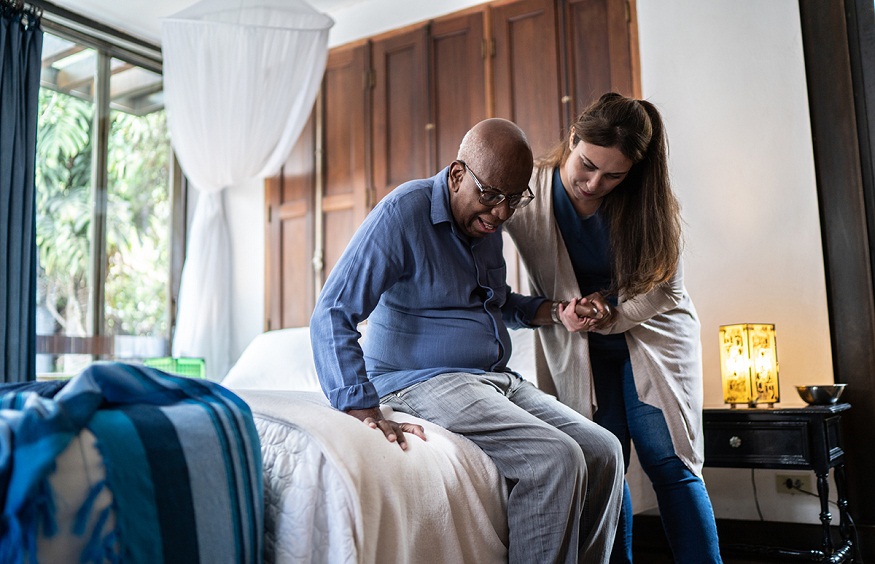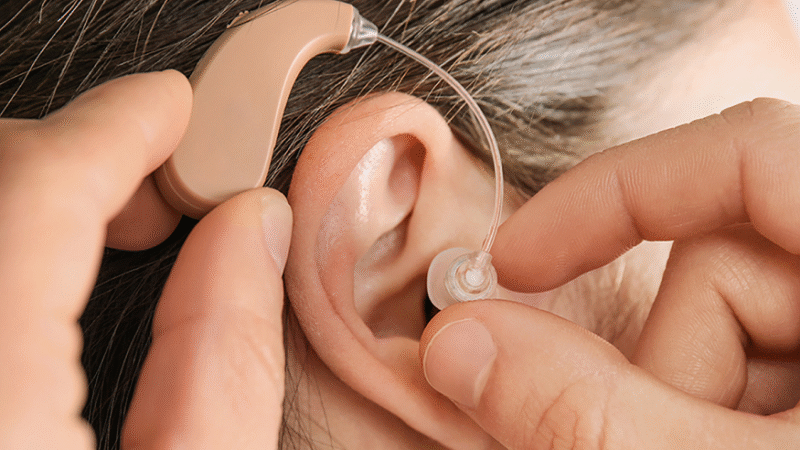Creating a Comforting Environment: Tips for Hospice Care at Home

Caring for a loved one in their final stages of life is a deeply emotional and challenging experience. Hospice care at home can provide the comfort, dignity, and peace that both patients and their families need during this time. By creating a comforting environment, you can help ease the transition and ensure that your loved one feels supported and cared for in their own space. This guide will provide practical tips for making your home a sanctuary of comfort and care.
Understanding the Importance of Comfort in Hospice Care
The primary goal of hospice care is to improve the quality of life for those facing a life-limiting illness. Unlike traditional medical care, which focuses on curing illness, hospice care emphasizes comfort, pain management, and emotional support. Creating a soothing environment at home is crucial to achieving these goals. By addressing the physical, emotional, and spiritual needs of your loved one, you can help them experience peace and dignity in their final days.
Preparing the Space: Creating a Safe and Comfortable Environment
Choosing the Right Room
When setting up hospice care at home, selecting the right room for your loved one is essential. The room should be easily accessible, preferably on the ground floor, to avoid any challenges with mobility. Ensure that the space is large enough to accommodate necessary medical equipment while still feeling cozy and personal. It’s also important to choose a room with natural light, as this can have a positive impact on mood and well-being.
Making the Bed Comfortable
The bed is the central focus of the room, and it should be as comfortable as possible. Invest in a high-quality mattress that provides support and helps prevent bedsores. Use soft, breathable linens and keep extra blankets nearby to adjust to temperature changes. Consider using pillows to provide additional support and comfort, particularly if your loved one is bedridden.
Removing Clutter and Enhancing Safety
A clutter-free environment is not only visually soothing but also crucial for safety. Remove any unnecessary furniture or items that could pose a tripping hazard. Ensure that all medical equipment is easily accessible but neatly arranged to avoid creating an overwhelming atmosphere. If your loved one is still mobile, consider installing grab bars or handrails to help them navigate the space safely.
Creating a Soothing Atmosphere
Personalizing the Space
Personalizing the space with your loved one’s favorite items can create a sense of familiarity and comfort. Display family photos, cherished mementos, or artwork that brings joy. Consider incorporating items that have special meaning, such as a favorite blanket or a beloved piece of jewelry. These personal touches can provide emotional comfort and a sense of continuity during a time of change.
Managing Lighting and Sound
The right lighting and sound can significantly impact the atmosphere of the room. Soft, ambient lighting creates a calming environment, while harsh or bright lights can be unsettling. Use lamps with adjustable settings to control the brightness, and consider using blackout curtains to block out excessive sunlight during the day.
Sound also plays a key role in creating a peaceful environment. Gentle background music, nature sounds, or the use of a white noise machine can help mask any distracting noises and promote relaxation. Make sure that any electronic devices, such as televisions or phones, are used mindfully, as they can either contribute to or detract from the calming atmosphere.
Providing Emotional and Spiritual Support
Encouraging Open Communication
One of the most important aspects of hospice care is providing emotional and spiritual support. Encourage open communication with your loved one, allowing them to express their thoughts, fears, and wishes. Listen without judgment and provide reassurance. This is a time for meaningful conversations and the sharing of memories.
Involving Loved Ones
Involving other family members and friends in the care process can provide additional emotional support for both you and your loved one. Arrange for visits from close friends and family members, but be mindful of your loved one’s energy levels and need for rest. These visits can be a source of comfort and connection, helping your loved one feel surrounded by love.
Seeking Spiritual Care
For many people, spiritual care is an essential component of hospice care. Whether it involves prayer, meditation, or simply reflecting on life’s journey, spiritual practices can provide solace and peace. If your loved one has a specific faith or spiritual belief, consider involving a spiritual leader or counselor who can offer guidance and support.
Managing Pain and Discomfort
Working with Hospice Professionals
Hospice care professionals are trained to manage pain and other symptoms associated with life-limiting illnesses. Regular communication with these professionals is essential to ensure that your loved one’s pain is effectively managed. Follow their guidance on medication administration and other comfort measures, and do not hesitate to ask questions or express concerns.
Using Non-Medical Comfort Measures
In addition to medical interventions, there are various non-medical comfort measures that can help manage pain and discomfort. Gentle massage, repositioning, and the use of heat or cold packs can provide relief. Aromatherapy, using soothing scents like lavender or chamomile, may also help promote relaxation and ease discomfort.
Conclusion
Creating a comforting environment for hospice care at home is a profound way to show love and compassion to your loved one during their final days. By carefully preparing the space, personalizing it with meaningful touches, and providing emotional and spiritual support, you can help ensure that your loved one experiences peace, dignity, and comfort. If you’re considering hospice Virginia, you can find more information and support by visiting the link.
Remember, the care you provide is a gift, offering solace during one of life’s most challenging times.






